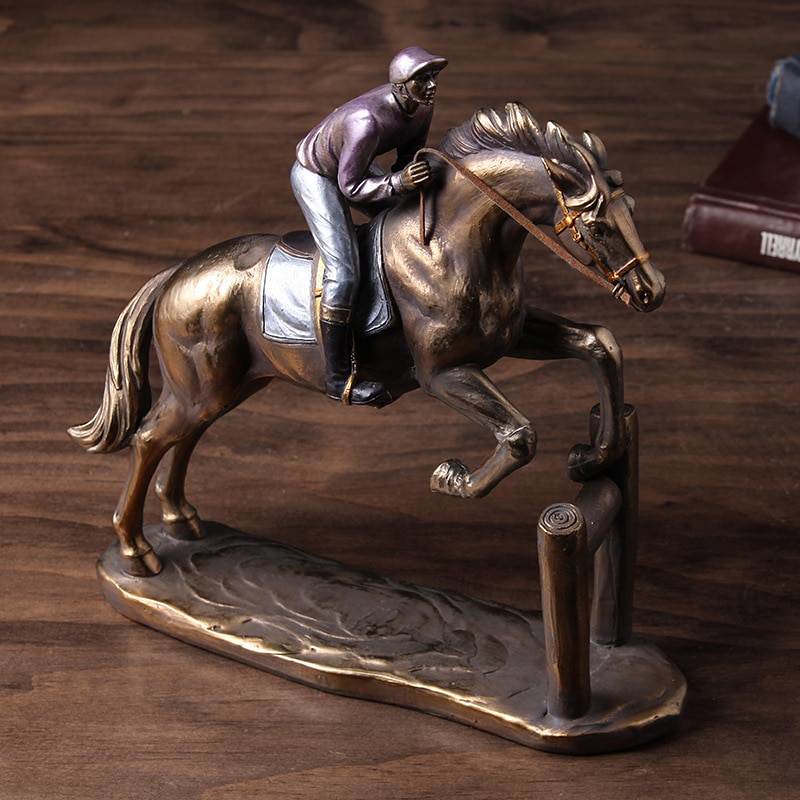As the temperature drops, horses burn extra vitality to remain heat, subsequently their power necessities will increase. We will present our horses further vitality within the type of concentrates and forage. Forages are digested by the microbes in your horses giant intestine and produce extra heat than concentrates. A terrific analogy is to check focus and forage to your wood stove. Concentrates are your kindling and Forage are the logs. Ideally a horse would obtain free alternative hay throughout the winter. How much additional forage does your horse want to remain heat? Then they will regulate if they need kind of in the course of the day and night time. Some of us have easy keepers who wouldn't do properly on free choice hay! For these horses, we need to regulate their intake. Weigh out their hay and supply it in small gap hay nets to prolong their amount of chew time. The first thing you should do is learn the way much your horse weighs. Utilizing body size plus heart girth tends to be extra accurate. I recommend utilizing the next technique versus a weight tape that solely wraps round the heart girth. Utilizing a comfortable measuring tape (the type typically found in sewing kits) measure your horses coronary heart girth and write the number of inches down. Subsequent, measure the physique length from point of shoulder to point of hip, and write it down. Write down the HG and BL additionally, this may help ensure you that you are measuring at the same location each time. Be sure you write it all down to discuss with all through the winter. If you are just a few inches off, almost definitely you are measuring from a slightly different location (unless you can tell by wanting that your horse has obviously gained or misplaced weight). Strive to seek out landmarks. Paint horses have nice landmarks! Now that you know how much your horse weighs, you possibly can work out how a lot hay he must eat. Your common horse in ideal weight should eat 2% of his body weight. Some exhausting keepers require upwards of 2.5% of physique weight. If in case you have an overweight horse, you'll be able to drop right down to 1.5% of his physique weight, but no lower than that or you can be creating a complete other set of issues! 23lb of hay per day. Max weighs 1,159lb and needs to eat 2% of his physique weight. When the temperature drops below forty five degrees F (together with wind chill) horses begin to burn further energy to remain warm. horse statues for sale This 45 degree mark known as "Crucial Temperature". For each 1 degree F below the vital temperature, your horse would require a 1% increase in digestible vitality (DE). As with every part horse related, there are numerous variables to this rule, comparable to wind chill, rain/sleet, your horses coat thickness or when you blanket. Consider digestible energy like your horses calorie requirement. Since horse nutrition is 90% math, lets get back to that! If I continue with the math we might calculate your horse's DE necessities, next calculate how much extra DE is required on your present temperature, next take a look at your hay to see precisely how much DE it offers per pound, lastly calculate how a lot extra hay will present the additional DE required for the current temperature. If it's 20 degrees F where our buddy Max lives he would want an additional 2 1/2-5lb of hay. This guideline is for horses at upkeep or gentle work. Additional hay will likely be needed in case your horse is a tough keeper, in heavy work, or on poor high quality hay.
